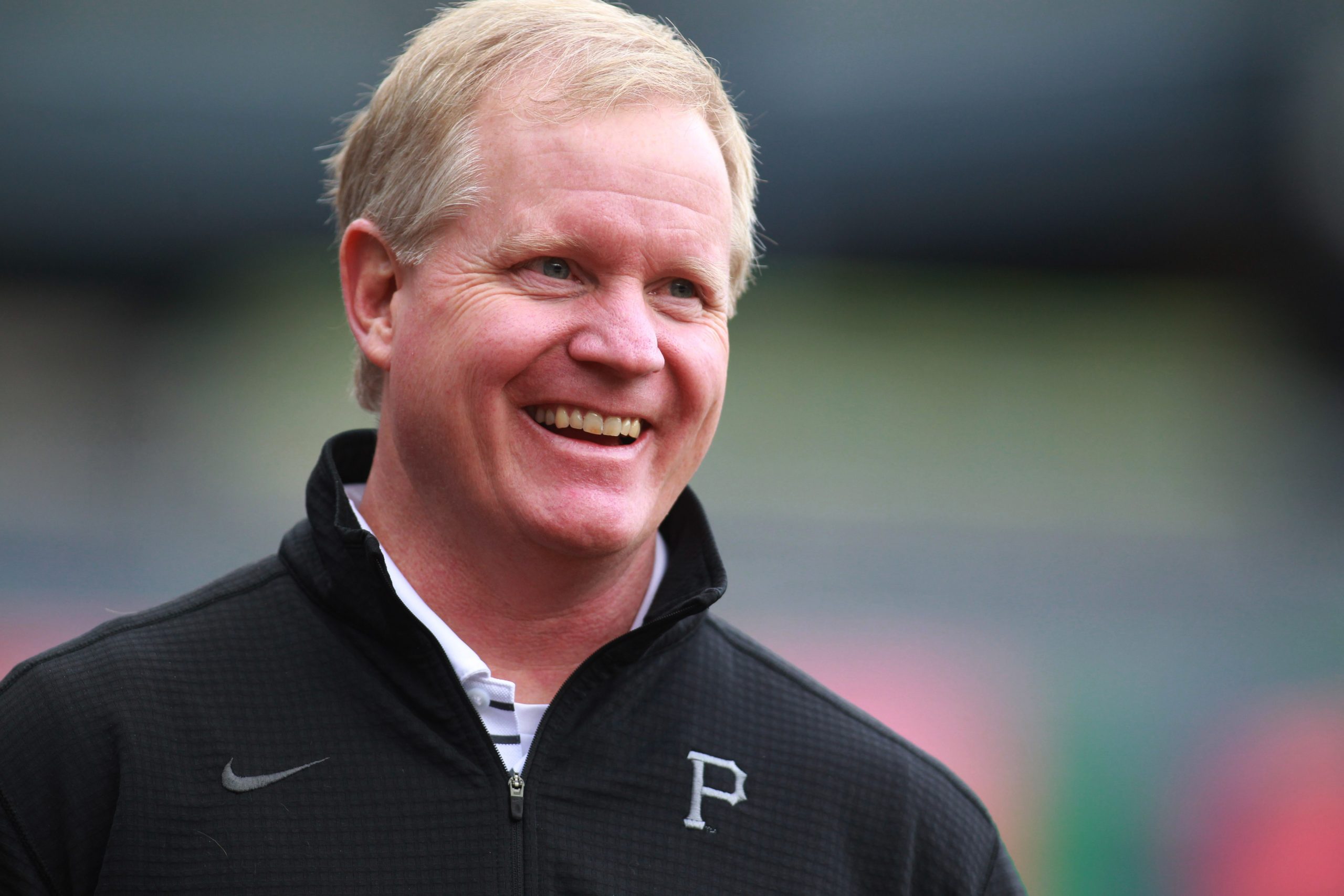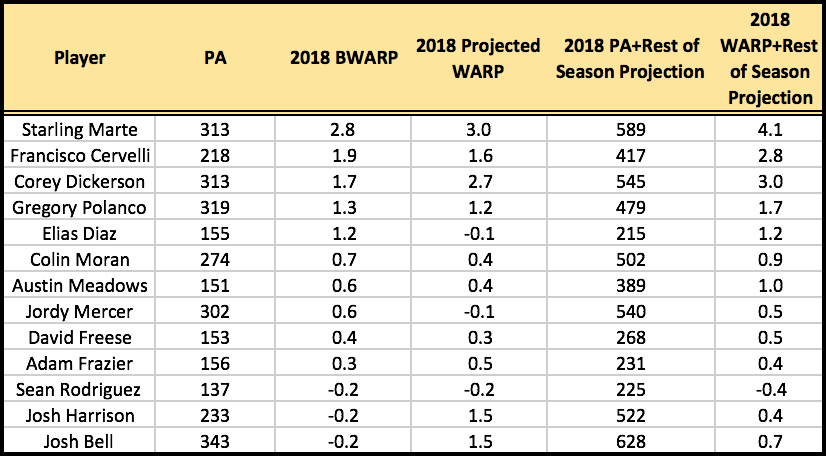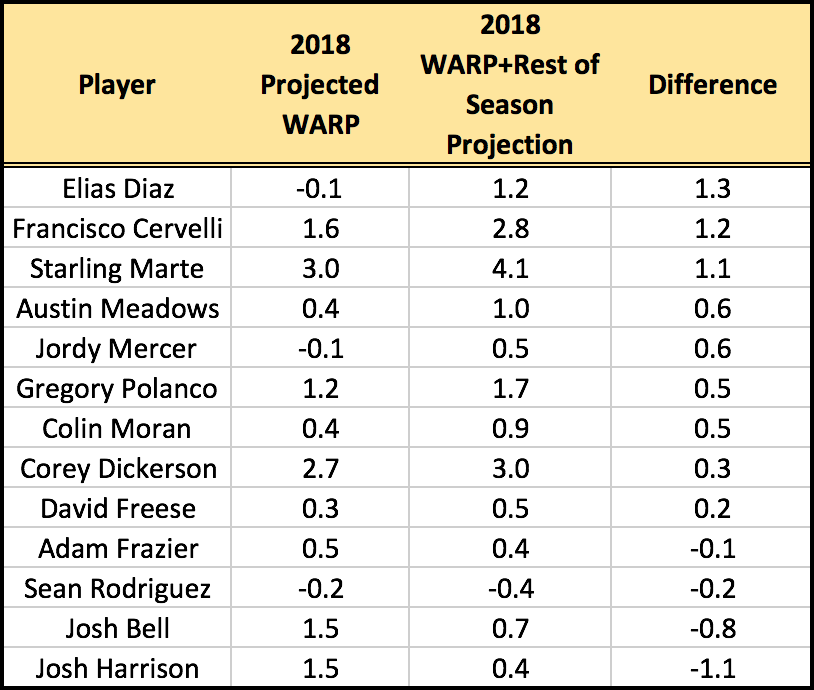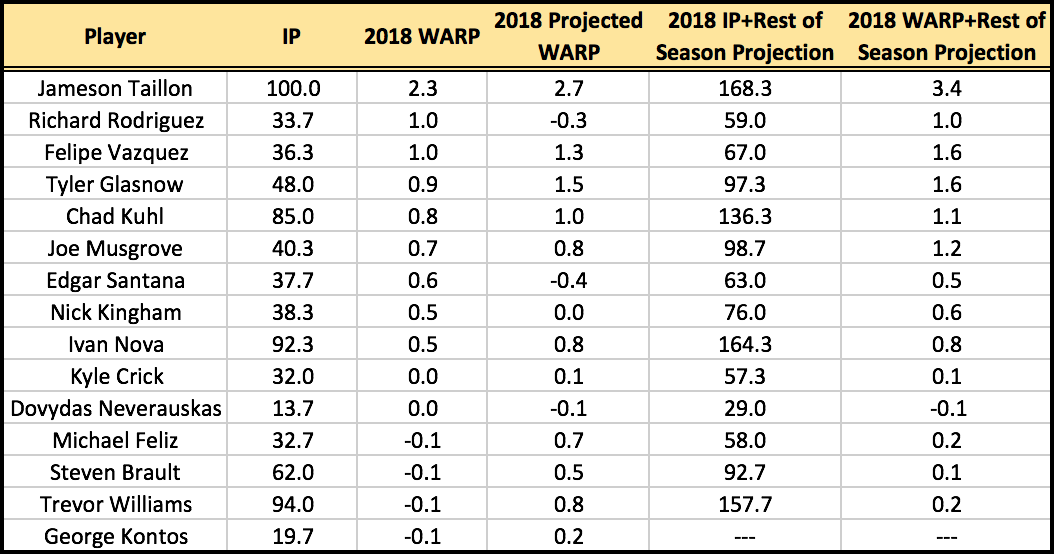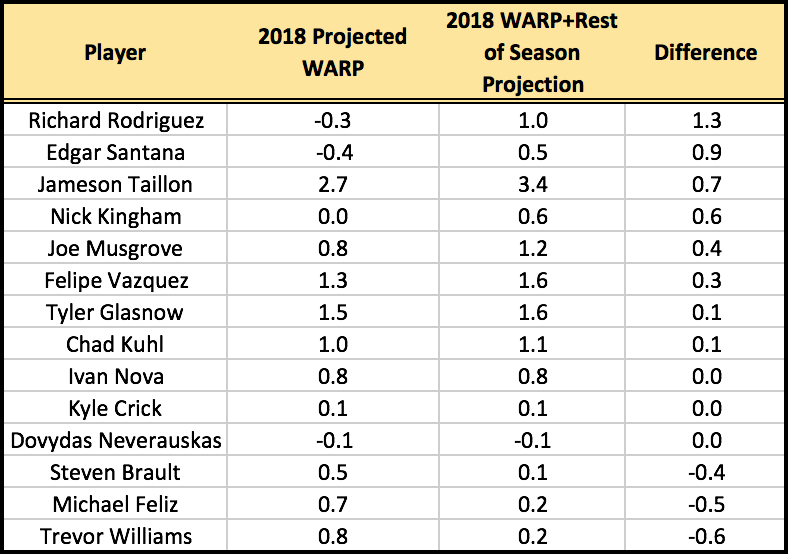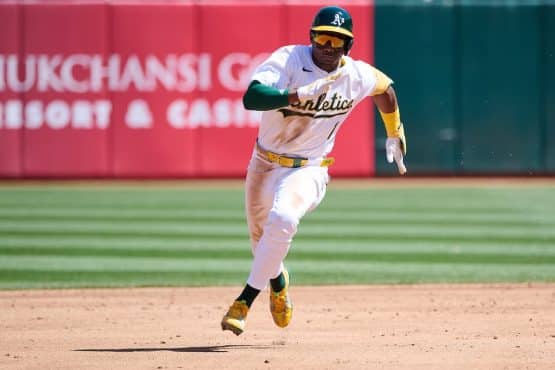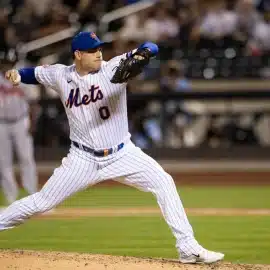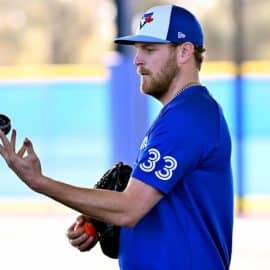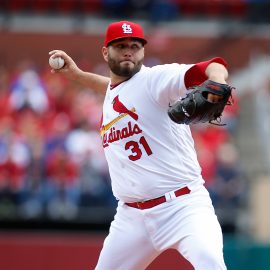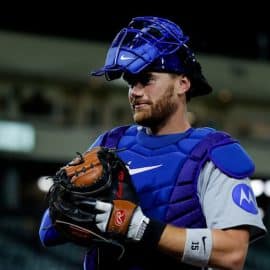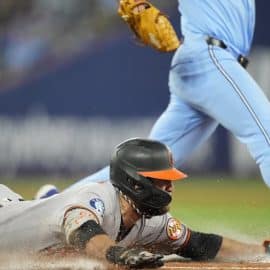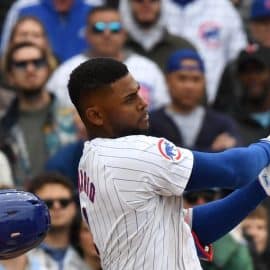The Pittsburgh Pirates entered Sunday with a record of 40-48, one and a half games up on division trailer Cincinnati Reds. It’s a long fall for a team that stood at 26-17 after May 17th. Part of a potential reason why is the roster construction.
Yesterday on his radio show, Neal Huntington said, “this is as far out of a playoff spot we’ve been in July out of 8 years. We are in a situation where we need to take a more realistic club this year.” For a team that started off as hot as they did, the downfall has been worse.
According to Baseball Prospectus, the Pirates started the season with playoff odds of 15.2 percent with a projected 78.3 wins. Even at their high watermark of 26-17, the club only projected at 83.7 wins and their playoff odds were 31 percent. Entering Sunday the club sits with playoff odds at 0.6 percent and are projected to win 75.1 wins, two games ahead of the Reds.
While the Pirates got their odds up to over 30 percent in mid May, it evaporated in less than a month. Part of that is under performance in some players, some players reverting back to their typical abilities after April, and so on.
The problem with the club is the players lack “star” production outside of Starling Marte. The makeup of the offense is players with okay but not spectacular production, and players that are essentially replacement level players, basically players that are always available in AAA and rarely stay on a big league roster for extended periods of time.
Using WARP, or Baseball Prospectus’ version of WAR, we can try to get a sense of a players contributions in one single number. Why WARP over Fangraphs version of WAR (fWAR)? Defense and pitching, fWAR uses UZR as the basis of defense which ignores plays where a shift occurs and is a better metric over a period of three seasons compared to 80 something games. For pitching, fWAR uses FIP, which tries to measure a pitchers ERA assuming all quality of contact is the same (a league average BAbip).
WARP, on the other hand, uses fielding runs above average (FRAA) as the basis for defense, and that uses play-by-play data with several adjustments to see the plays a player makes compared to the average plays made. For pitching, the base is deserved run average (DRA, put on RA9 scale). Unlike FIP, DRA takes into account contact because pitchers do have some influence on that, along with other adjustments.
Taking a look at season to date numbers (entering games Sunday), PECOTA preseason projections, and current + rest of season projections yields:
The Pirates only projected players around 2.0 wins (your solid starters, with 3+ being the good players, and so on) to start the season were Starling Marte and Corey Dickerson. Currently the team has two two win players this early, Marte and Francisco Cervelli (rounding error away from being so), with Corey Dickerson being close. The projection and current to date stats really show the problem with the Pirates, outside of Starling Marte there’s not much there.
Looking at the current plus rest of season shows Marte, Cervelli, and Dickerson being really good starters. Here’s a breakdown of to date plus rest of season projection, beginning of year projection, and the difference:
Elias Diaz, Cervelli, and Marte are all projected to end the season with one win more than their projected start of season contributions. Having two catchers be valuable is great, just not as great as starters over performing. The right side of the infield of Josh Bell and Josh Harrison are projected to finish the season a combined two wins worse than their start of the season. Those two, especially for batting in the top half of the lineup for most of the season, are part of the reason the team is where they are.
For the other part of the game, here’s the pitchers initial, to date, and rest of season:
The Pirates had one projected pitcher with over two wins to start the season, which is not enough to push the needle unless others over perform those estimates. As of the current to date, having three pitchers in the top five being relievers, one a minor league free agent, is far from the ideal roster construction. WARP is cumulative, having Rodriguez, Vazquez, or Glasnow perform as a starter would be more valuable than as a reliever, assuming same level of production (only Glasnow can feasibly start of the three).
As for the rest of season, only Jameson Taillon projects as over a two win player. One really good starter followed by four mediocre (one win pitchers) won’t lead to a team that exceeds expectations, they needed more over performance from players to really get over the hump. Here’s the beginning of season projected, current end of season projection, and difference:
Rodriguez and Edgar Santana are the only projected players to be a win better than their original projection, but two relief players over performing doesn’t really move the needle. On the flip side, Trevor Williams and Michael Feliz have been woefully underperforming. Relievers are volatile, that’s nothing new, but he was trusted with seventh and eighth inning roles to start the season. Williams seems to have his spot locked in the rotation.
The Pirates were in a position to surpass their initial projections, it wasn’t hard to envision Taillon, Glasnow, Marte, Cervelli, and Moran surpassing there’s, but at the same time, it wasn’t hard to envision Glasnow, Moran, and some others underperforming their projections based on injury, youthfulness, and in Glasnow’s case, commanding pitchers in the strike zone and missing barrels.
Relying on this method of roster construction, having high variance players in hopes to out perform projections can lead to low levels, something that is happening now.
It gets more complicated When Freese, Sean Rodriguez, Harrison, Mercer, and Nova (five of the top eight players in terms of salary) were projected to produce a 2.3 WARP, currently have been worth one win (1.1 WARP), and are only projected to end the season with two wins (1.8 WARP). A team that preaches financial flexibility has $36.17 million, or 42 percent of their opening day payroll, invested in those five players, two of which are bench bats/role players. The other of the top eight are Cervelli, Marte, and Dickerson, all three of which have been valuable to the Pirates.
That’s not to say that those players don’t have value that isn’t quantified – being a leader, showing the younger players how to go about their work both on and off the field, being good in the clubhouse, etc – can and likely is true and valuable to any club. But even if all that value that isn’t quantifiable added up to one additional win, that’s only three wins for 42 percent of their payroll.
The Pirates built a team with the hopes most of their players outperform their projections, and while some have, it hasn’t been enough to move the needle, especially when some of their key cogs (Bell and Harrison) have underperformed to a great extent.
Furthermore, a small market team that preaches about having the ability to get creative and be flexible with how they spend has a good chunk of their payroll tied into players who are nice players to have, they’re just not enough to lead a playoff push.
Combine the returns for Gerrit Cole and Andrew McCutchen, and it’s like the Pittsburgh Pirates have become the post 2014 Oakland Athletics; having a couple good players and a bunch of players who won’t move the needle in any direction.
Add The Sports Daily to your Google News Feed!
